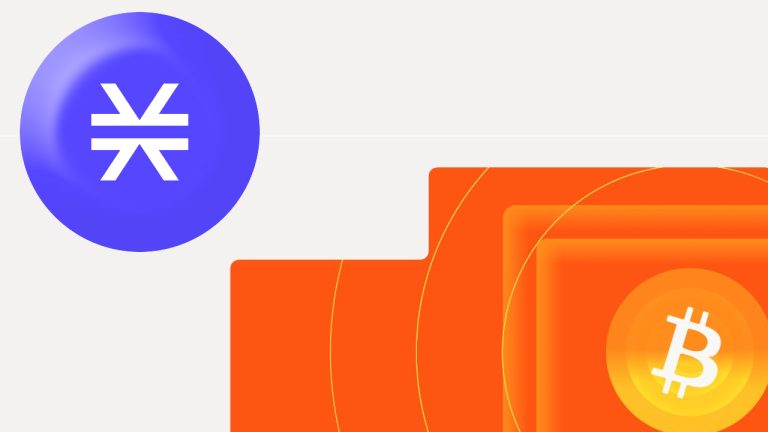
According to developers behind the project, the debut of the STX20 protocol on Stacks’ Bitcoin layer two (L2) has marked a pivotal moment for Ordinals-style assets. Amid growing demand for innovative use cases in the Bitcoin ecosystem, the Stacks team believes the STX20 test has shown significant potential for scaling and efficiency.
Stacks Seeks to Transform Bitcoin Ecosystem With STX20 L2 Solutions
On Dec. 17, the STX20 protocol was launched on Stacks’ Bitcoin layer two, aiming to test the practicality and impact of Ordinals-style assets on layer two platforms. The surge in popularity of Ordinals and BRC20 tokens has catalyzed a burst of creativity and user engagement within the Bitcoin ecosystem, albeit at the cost of increased network fees and congestion.
Just as Ethereum’s economic activity has gravitated toward layer twos for better efficiency and lower fees, Bitcoin’s Ordinals and multi-token assets can also leverage layer two solutions. Stacks developers believe the STX20 protocol represents a significant step in this direction, with a stress test conducted to evaluate its performance under the intense activity of mass minting and trading STX20 assets.
According to the team, the STX20 debut recorded several benchmarks, including a ninefold increase in normal transaction count on Stacks and the ability to process high volumes efficiently. Notably, Stacks processed transactions 30 times faster while handling 40 times the block size and provided much cheaper transaction costs compared to Bitcoin’s layer one.
One of the standout statistics from the STX20 test was the significantly lower cost of transactions on an L2 compared to Bitcoin’s main chain. The Stacks team emphasized the potential for layer two solutions like STX20 to make participating in Bitcoin’s various activities more accessible and affordable for a broader user base.
Stacks developers think that STX20 test demonstrated that Bitcoin’s L1 activity could transition to an L2 without sacrificing community engagement or compromising on the core value of security. This transition, the team highlighted, is supported by Stacks’ Nakamoto upgrade, which is set to further enhance the speed and security of its chain.
In addition to the Nakamoto upgrade, the Stacks team details that there are other developments bolstering Bitcoin’s layer two ecosystem. The bitcoin decentralized finance (defi) protocol ALEX has announced off-chain support for STX20 trading. The devs also noted that the Fastmint technology promises faster and more responsive minting of NFTs on the Stacks layer, further supporting the STX20 framework.
While Ethereum has seen a great influx of layer twos working alongside the network, Bitcoin L2s like the Lightning Network and Liquid have seen lackluster adoption. Layer twos on Bitcoin have not materialized to anything of substance at least to date, but the network has been clearly grappling with onchain fees rising and a growing backlog of unconfirmed transactions. Stacks proponents hope to turn this trend around and re-invigorate the Bitcoin L2 ecosystem.
What do you think about the Stacks’ STX20 protocol? Share your thoughts and opinions about this subject in the comments section below.









